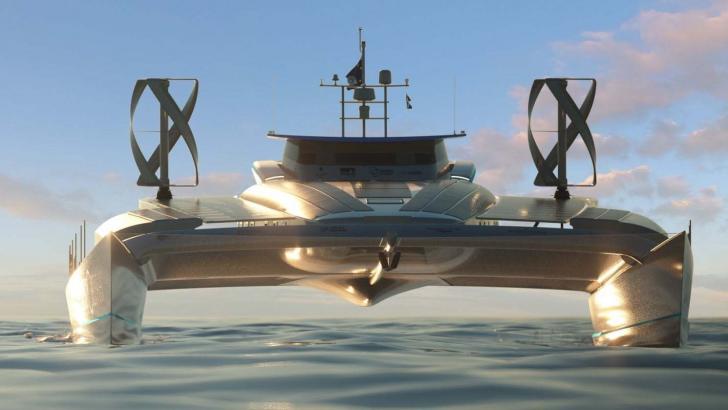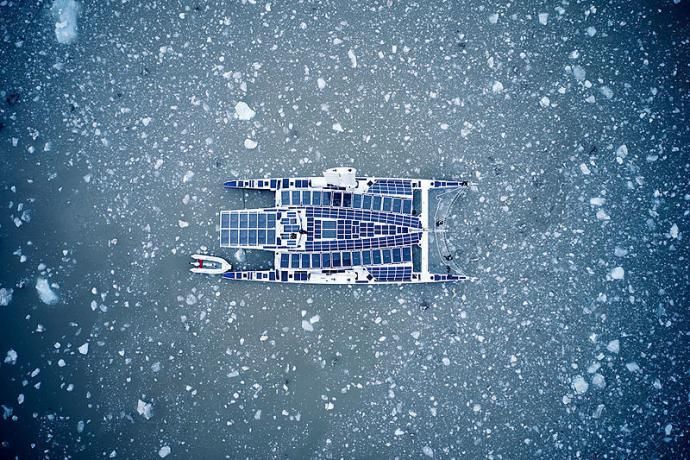Solar panels may be worse for than environment than we thought, but researchers say there’s still time to change that with a new panel design.



Humans are the cause of many problems because humans follow humans with no solutions. Everyone is talking about coronavirus, but not about ending the virus because they are not solutions driven. Just as Wangari Maathai taught the world to plant trees to fix what humans messed up. We need to also teach the world to plant bees #beekeeping to fix what humans messed up. This does not just mean bees, but other species we are making extinct. We need to be the change not just talk about and protest for change.
Researchers have figured out which plant species bumble bees prefer to include in their diets, providing advice to those wishing to help with bee conservation efforts.
During the summer months of 2015 to 2016, authors captured bumble bees on more than 100 plant species across more than 400 plots in the Plumas National Forest in California — a mountainous, meadowy area with wildlife habitats near running water, where bumble bees are abundant.
The findings, published Tuesday in the journal Environmental Entomology, revealed that the most popular plant species among the bees were Oregon checker-mallow and mountain pennyroyal flowers.
This reimagined wind turbine is much more efficient and eye-pleasing.

Reeman Dyson, one of the 20th century’s greatest theoretical physicists, died this week aged 96. He is known for popularising the Dyson Sphere – a hypothetical megastructure that could surround an entire star, capturing all of its solar energy.

Tesla Model Y deliveries draw closer and the Cybertruck appeals to police. When is a 600-mile Model S arriving? It’s Musk Reads: Tesla Edition #146.
A version of this article appeared in the “Musk Reads” newsletter. Sign up for free here.

A quiet revolution is reshaping the agricultural world, with farmers like Danie Slabbert saying that if we want to save the planet, it’s not so much about what we eat, but how we farm. CNN’s David McKenzie reports.

CropBox is a shipping container farm system featuring the latest technology in precision farming.

The world’s first self-sufficient sea vessel, Energy Observer, is due to leave her home port of Saint-Malo in Brittany, France, over the next few days on the first leg of a global voyage to test and promote renewable energy technologies.
This isn’t just any yacht though, it uses nothing but renewable energy sources to run. Specifically, it produces hydrogen from seawater with zero CO2 emissions and zero fine particles.
